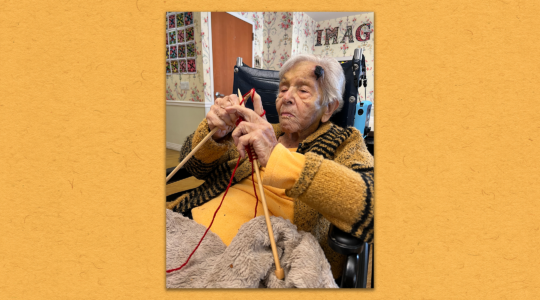If there is an opera equivalent to the Sistine Chapel, then Marc Chagall is our Michelangelo.
In 1963, the ceiling of the Paris Opera needed a new paint job. André Malraux, France’s then-Minister of Culture, tapped the internationally acclaimed artist. A maelstrom of anti-Semitism erupted, including articles expressing outrage over the idea of a Russian Jew decorating a French national monument. But Chagall, who had resettled in France after escaping Nazi persecution, was unfazed.
After one year, 440 pounds of paint, and 2,400 square feet worth of brushstrokes, the ceiling was completed. At the unveiling, swirling images of kaleidoscopic angels and animals mingled with composers like Mozart, Wagner, and Mussorgsky.
“Up there in my painting,” Chagall told The New York Times, “I wanted to reflect, like a mirror in a bouquet, the dreams and creations of the singers and musicians.”
JTA has documented Jewish history in real-time for over a century. Keep our journalism strong by joining us in supporting independent, award-winning reporting.





